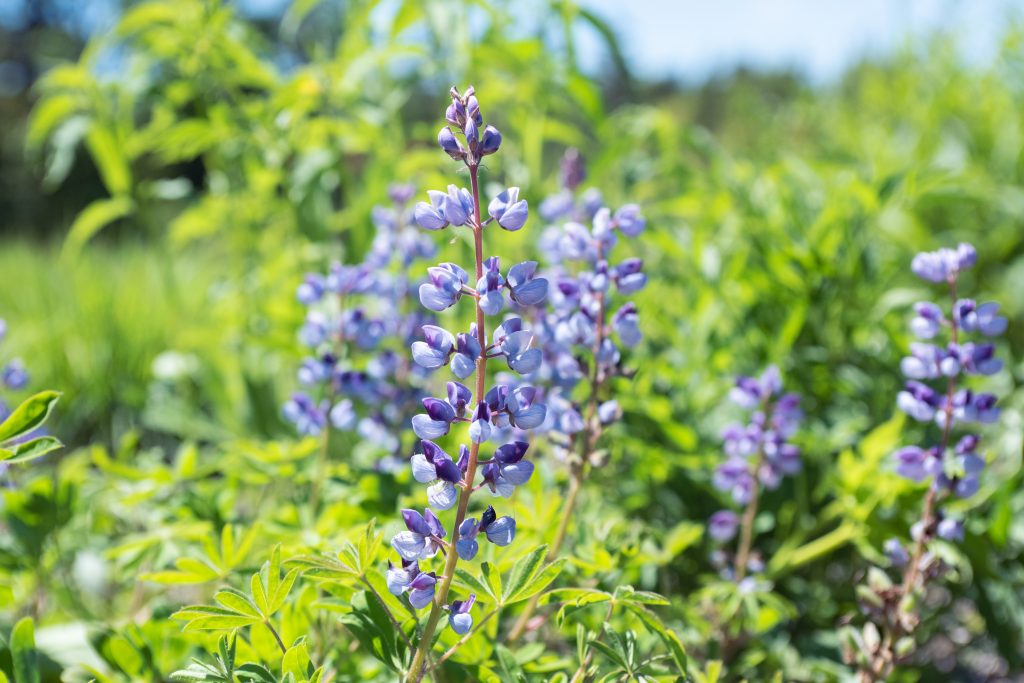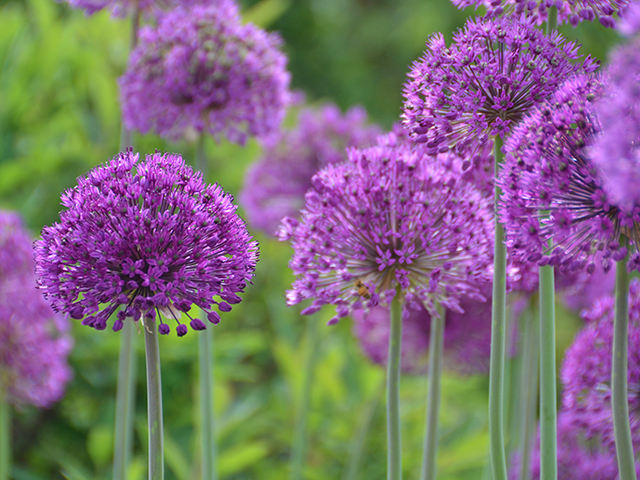Early spring (aka “mud season”) is the perfect time to take a walk around your property to discover any low-lying areas where water collects or where drainage might be a tad slow. Since wetlands are our theme this season at CMBG, while we’re out there, let’s take another look at those low-lying areas. While there are plenty of planting options for boggy soils, what about dedicating that marshy area to a series of edibles all too happy to dance with damp feet?
The following four edible plants will thrive happily, bringing both use and beauty to swampy grounds.
-
- Lemongrass (Cymbopogon citratus) is a tasty herb that can grow up to four feet high and just as wide. You might be familiar with the harvested leaves and bulb-like clumps commonly used in Asian cuisine. All sorts of soups and chicken and shrimp dishes pair well with lemongrass. Not much of a cook? You could also try growing the East Indian species of lemongrass (Cymbopogon nardus), commonly known as the source of citronella oil—definitely a useful plant in Maine!
- Cattails (Typha latifolia). Did you know that all parts of the cattail are edible, from the young shoots to the pollen? Easy to grow, you may want to plant cattails in containers buried in the ground, since they can become invasive. Of course, harvesting them often for regular rotation in the kitchen will help keep their spread at bay.
To use the shoots, pick them when leaves are no higher than two-to-three feet above the water. After harvest, peel off the outer leaf and keep the inner stalk. Wash and cut them into strips and try them with your favorite dip (cattails and hummus, anyone?). You can also try them steamed and served with a bit of butter—the result is not unlike sweet corn. - Rice (Oryza sativa). Okay, it sounds crazy, but even in Maine you can grow rice in your water garden. (Don’t believe it? Check out the Maine Rice Project). Believe it or not, this nouveau New England rice culture began recently in Vermont when farmers began planting rice in paddies in the Champlain Valley. While it might be a challenge, it’s one worth trying, if you’ve got the land for it. As one of the oldest foods still grown (archaeologists can trace it back to about 5000 BC), this could be your chance to become part of a long, long tradition.
- Water spinach (Ipomoea aquatica) is another edible popular in Asian cuisine. Known as kang kong, the leaves and tips are eaten steamed. Growing water spinach is easy as long as the soil is consistently moist—but they do need full sun, so keep that in mind. A fast-grower, you can make your first harvest as soon as 4-6 weeks after planting. Though you can harvest leaves or entire plants, keeping at least three inches of growth will guarantee multiple harvests.
Whether the wet, shady portion of your yard is swampy year-round or seasonally, any of the above could lend variety, use, and beauty to your landscape. Want more wetland ideas? You’ll find plenty of inspiration at the Gardens this season.

